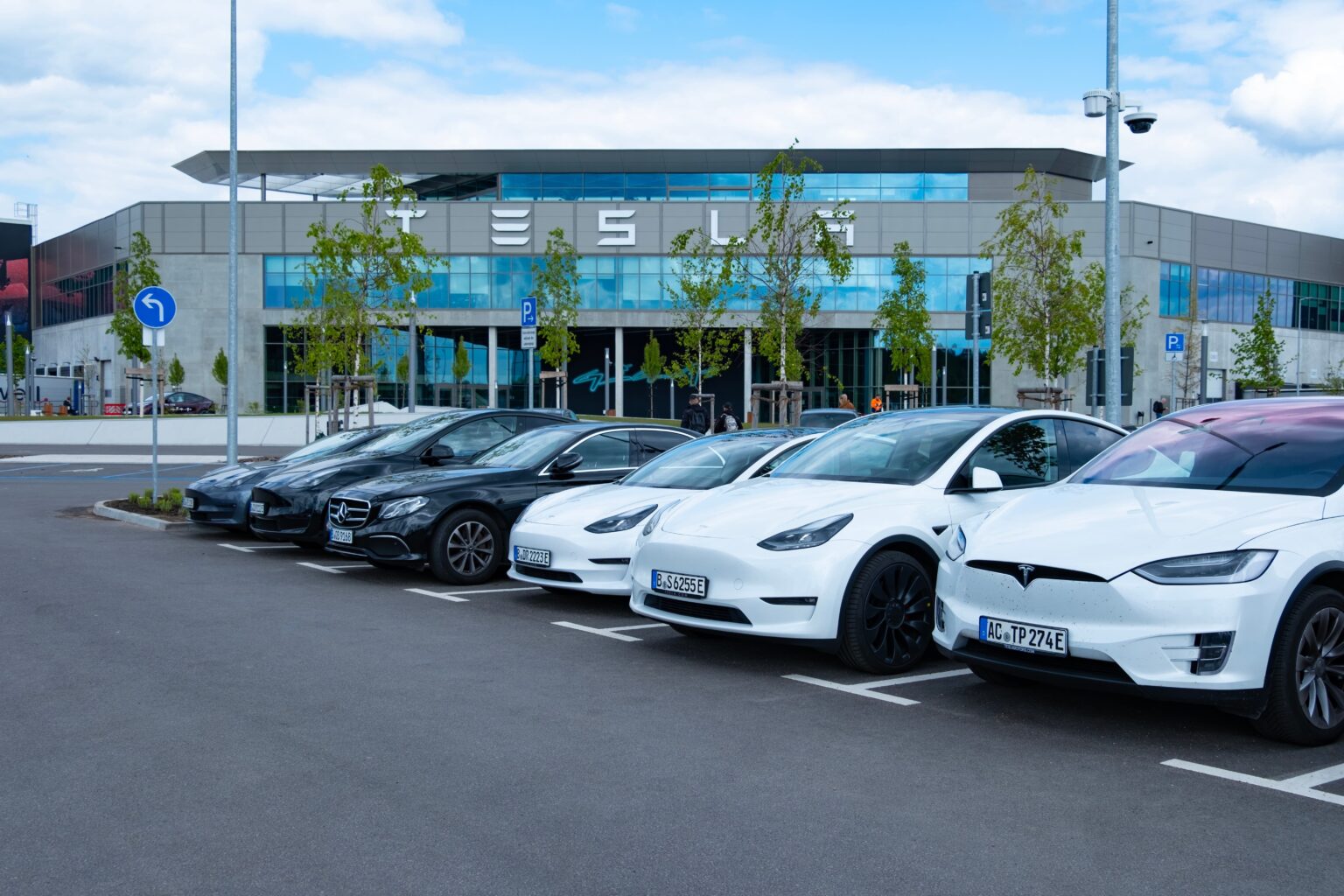Tesla reported a sharp decline in electric vehicle deliveries for the second quarter of 2025, selling 384,122 units, down from 443,956 during the same period last year, a 13.5% drop. This slump, the steepest year-over-year decline by volume in the company’s history, reflects a growing consumer backlash tied to Elon Musk’s outspoken political views and recent alignment with former President Donald Trump and far-right figures in Europe.
Despite stepping down from his unofficial role in the Trump administration’s Department of Government Efficiency (DOGE) in May, Musk’s political baggage continues to weigh heavily. Analysts point to the “Tesla Takedown” protest movement, marked by boycotts, showroom demonstrations, and occasional vandalism, as a key factor suppressing demand. Public sentiment is being tested: even after Musk’s withdrawal from federal duties, wary consumers still link his political persona, and the entire Tesla brand, with controversy.
Model Y Refresh and Competitive Pressure
Tesla’s core models—Model 3 and Model Y—still accounted for the majority of deliveries at 373,728 units, slightly above Wall Street’s expectation of around 356,000. Despite this relative resilience, anticipation surrounding the refreshed Model Y may have led some buyers to delay their purchases. Musk attributed part of the decline to this “hibernation” period ahead of the revamped debut.
Yet Tesla’s troubles run deeper. Rivals like BYD from China, as well as traditional automakers—GM, VW, and BMW—are steadily encroaching on Tesla’s European foothold. In China, Tesla’s sales are down about 18% year-to-date through May. Meanwhile, Europe’s EV market share is shifting dramatically, especially as Musk’s political alignments alienate more liberal-leaning regions.
Diversifying With Tech Ventures
Faced with slowing auto sales, Tesla is pivoting toward longer-term, high-tech ventures. The company is investing heavily in robotaxis, autonomous driving, and humanoid robots. A low-speed driverless delivery of a Tesla Model Y in Austin recently demonstrated its “Full Self-Driving” software abilities, prompting regulatory attention after minor safety issues emerged.
Furthermore, Tesla began a test run of its autonomous taxi service in Austin earlier this year, though federal regulators are scrutinizing incidents of vehicles straying from lanes. Tesla executives assert that these tech investments, alongside the upcoming $30,000 “Cybercab” robotaxi model, could reinvigorate the brand in 2026 and beyond.
Market Reaction And Future Outlook
Market response to the Q2 sales report has been surprisingly decisive. Tesla shares initially waved in early trading, rising 1.5%, then climbing up to 4% as investors digested the results. Wall Street analysts, including Dan Ives of Wedbush, noted that while the results were disappointing, they weren’t catastrophically worse than anticipated.
Next up: Tesla is slated to release its full Q2 earnings report on July 23, where investors will scrutinize profit margins, production data, and forecasts for robotaxi rollouts. Musk’s emphasis on autonomous vehicles, AI-powered robotics, and revitalized vehicle models is designed to shift the narrative from political distractions back to innovation. Still, with global competition intensifying and recent controversies lingering, Tesla’s road to recovery may be tougher than expected.



